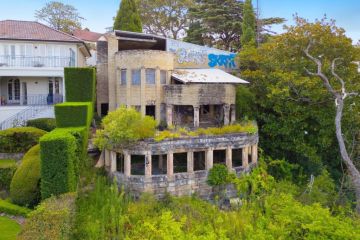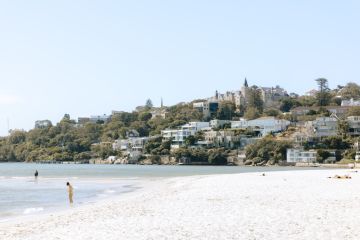Why this versatile material is having a resurgence in home interiors

Raw, honest and textural. Such words may not have an immediate and obvious connection to interiors and homes but as homeowners seek a more organic and natural look, those are exactly the descriptions being used by designers and suppliers.
Local architects have been using concrete, timber, stone and bricks for their raw and robust beauty for decades. But using natural materials isn’t just about being rustic or opting for a country look. Plywood and honed concrete can look sleek and architectural; timber panelling and concrete breeze blocks carry a mid-century aesthetic.
Timber is probably the most versatile of these materials, coming as it does in a variety of types, grains and products. Timber has a certain feel that can’t be replicated. It has always been a feature in older character homes, was a darling of the mid-century look, and often appears in full force in contemporary interiors, too.

Timber has an infinite variety of natural markings and grains – every piece is different. Timber looks and feels warm, and absorbs sound. Studies also show that timber in buildings influences people’s behaviour in a positive way – giving health benefits that mimic spending time outside in nature. It’s the ultimate ‘comfort’ material.
The resurgence of timber in interiors goes hand in glove with the return of appreciation for craft production as opposed to industrial manufacturing. It also fits with the eco-trend towards all things natural and sustainable. Timber is being used as a wall lining, on floors and ceilings, cabinetry and bespoke furniture. It’s hugely versatile and fits with a variety of interior styles: classic, contemporary, retro, Scandi, beachy, vintage or rustic.
Timbers don’t have to be solid. In fact, using timber veneer or man-made composite veneers is not only an eco-conscious choice but also cost effective.
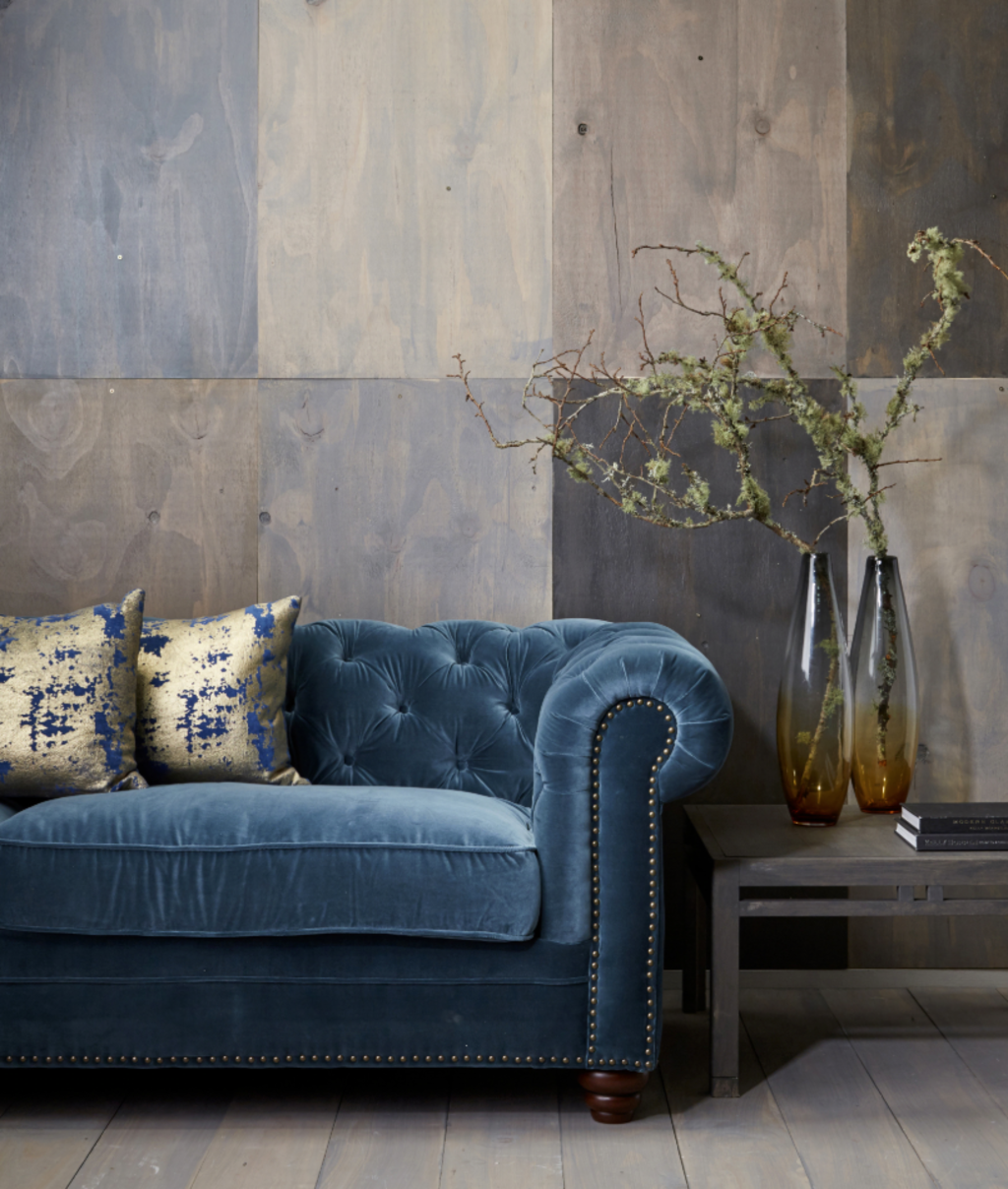
Plywood is big news. Made of thin layers of wood veneer bonded together with adjacent layers of wood grain rotated at right angles, ply is versatile, strong, light and inexpensive. It can also be made of many types of timber, from standard pine through to maple, birch and more.
It’s easy to be seduced into thinking timber would be wonderful left as is and in some instances that can work (think cedar exterior cladding) but for most uses, it needs to be protected. As Resene marketing manager Karen Warman explains:
“Clear finishes, such as urethanes, make the surface easier to clean, especially in areas where moss, mould and dust are likely. Unfinished timber slowly gets grubbier and it is near impossible to clean it properly. It is much easier to apply more stain or clear finish than it is to replace raw timber that has become damaged.”
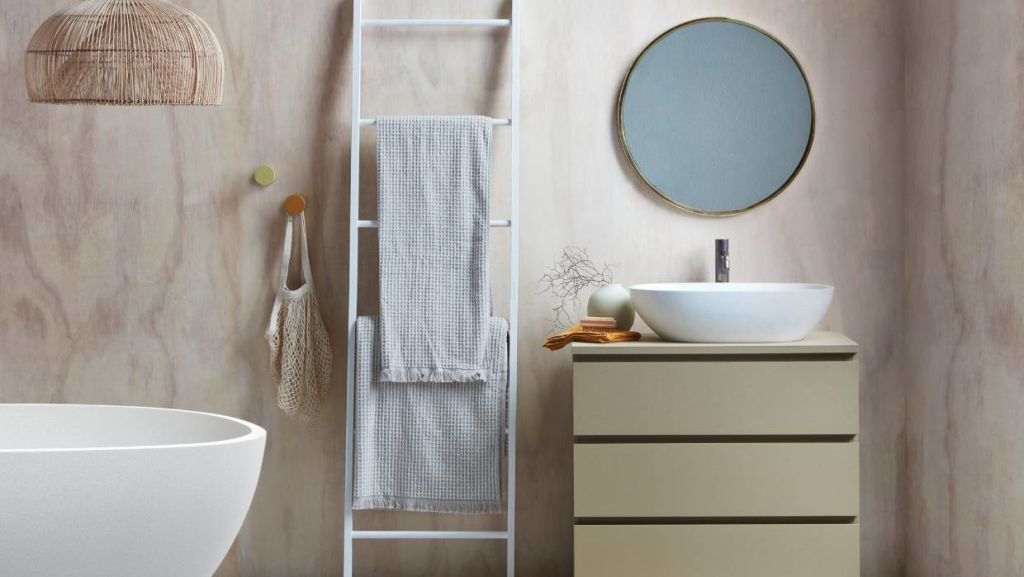
Architect practice SGA Group uses a lot of timber in its designs. Associate and architect Roy Tebbutt appreciates timber not only for its texture, colour and finish but for its smell and warmth. “Timber offers a handcrafted finish, in which the craft of the maker is evident in the way that it is cut, joined and fixed.
“Timber products often require minimal energy and resources through the manufacturing process, but the trees themselves have removed a lot of C02 and contaminants from the atmosphere through the lifetime of their growth, while releasing the oxygen that we breathe,” says Roy.
The practice often uses western red and yellow cedar for cladding as well as slats that create sun shade, diffuse the light and give shadowing effects. Also plywood, which comes in many types and is matched to a project or use depending on the design concept, budget, client brief and site conditions.
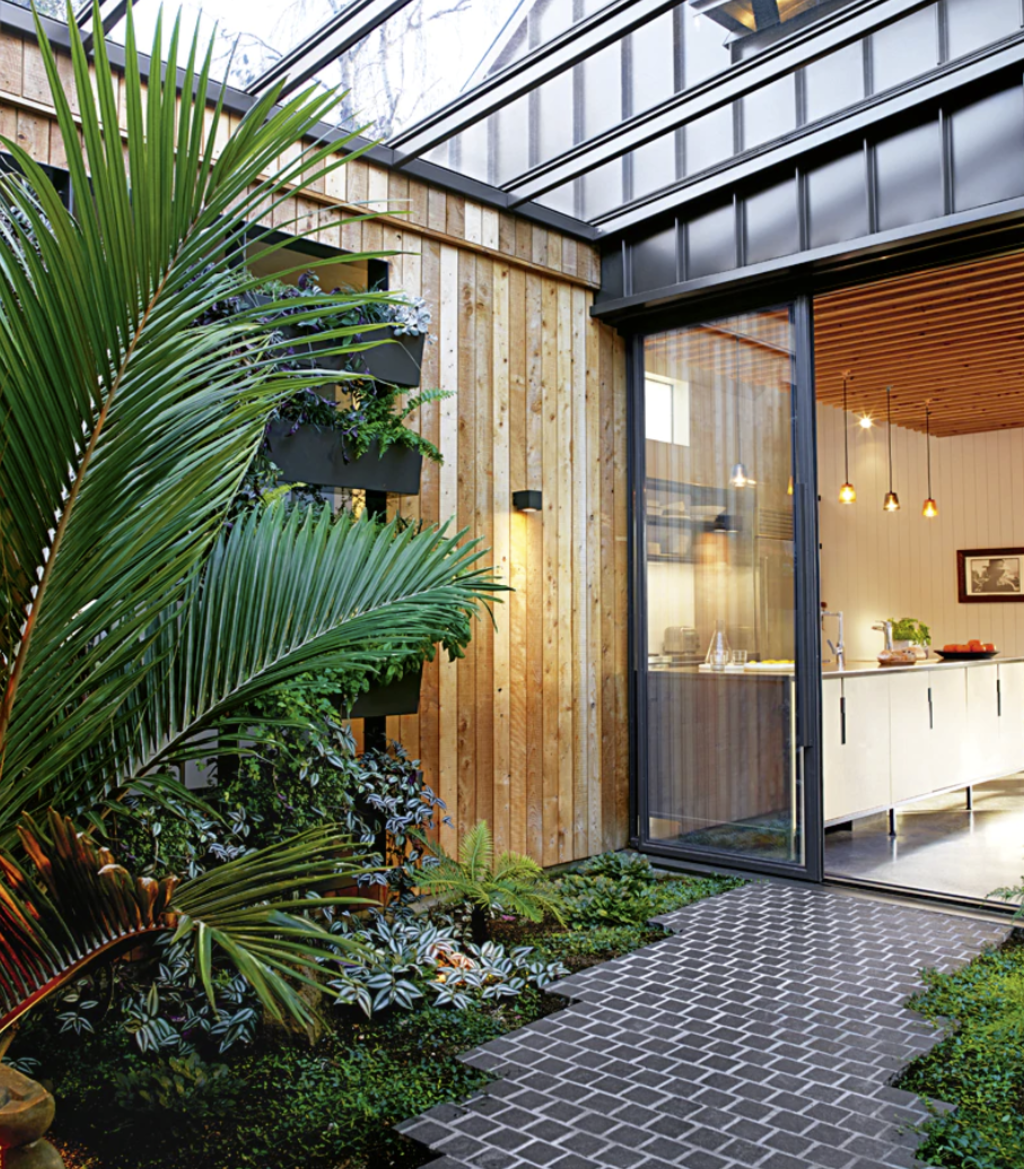
Yellowfox designer Peta Davy says she wouldn’t have a project that doesn’t use timber. “Timber is so warm and balances other hard surfaces like tiles and benchtops. I love using yellow-toned timbers like tawa and oak, and in my own house we used timbers that might have been rejected because they were too grainy in places like the doors and on a bedhead.”
While she acknowledges that using recycled timber isn’t always easy, “that would be the ideal. I always check the provenance of timbers, whether they are ethically felled and whether they are timbers that are easily renewed, that will grow fast again. It’s all about the sustainability.”
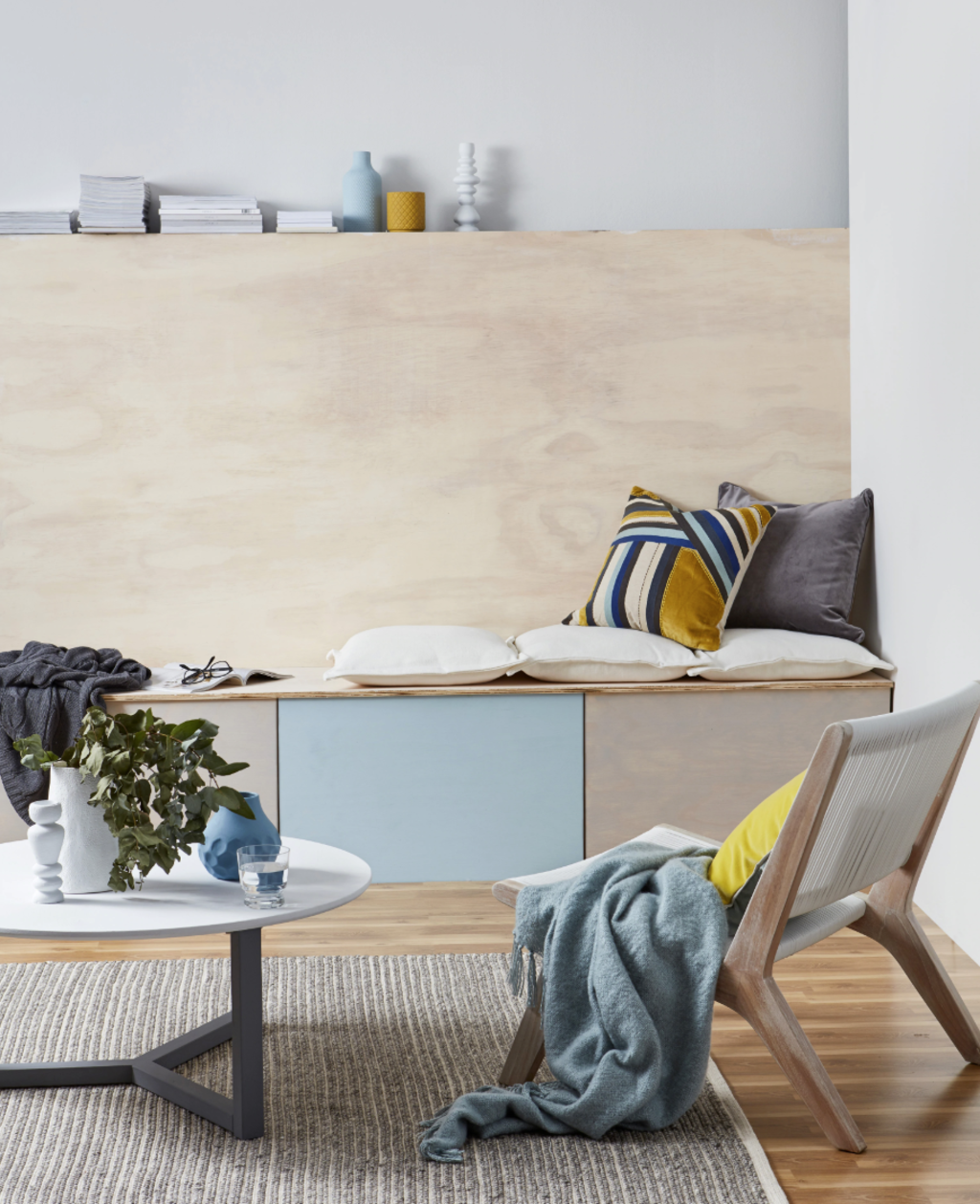
- This story originally appeared on stuff.co.nz
We recommend
We thought you might like
States
Capital Cities
Capital Cities - Rentals
Popular Areas
Allhomes
More
